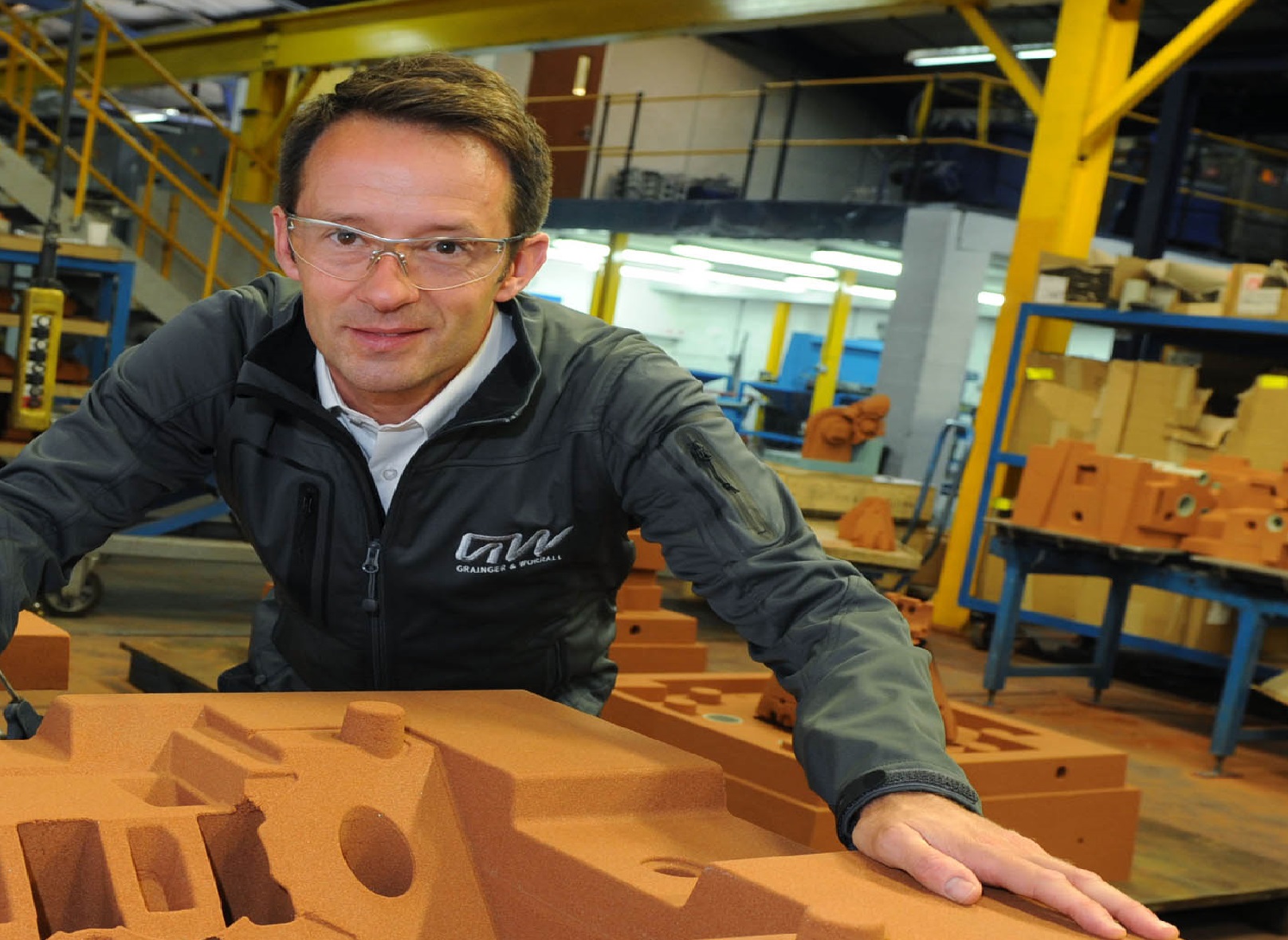Recent changes to Formula One regulations have led to significant innovation and development in the sport, says Phil Ward, head of motorsport at Grainger & Worrall.
Despite a challenging start to the 2014 Formula One season, it seems that regulatory changes and component restrictions have added a technological lure to the modern motorsport era. Although it may be another 12 months before more of the 22 cars are truly competitive, initial pre-test concerns over reliability and performance have, in the most part, been overcome with significant research and development into next-generation solutions.
However, while regulatory changes have challenged the capabilities of both teams and drivers, the requirement for innovative motorsport solutions has created a significant opportunity for supply chain engineers.
Racing ahead with R&D
The voice of environmental lobbying in F1 has grown significantly over the last few years, with ongoing concern surrounding the sport’s environmental impact and resource efficiency.
As well as limiting teams to a maximum of five engines for the season duration, engine capacity regulations have again been changed by the FIA – as part of a continued trend towards lightweighting and downsizing. In practice, this means that each car on the grid is now powered by an eco-friendly, 1.6 litre turbo-charged V6 next-generation alternative. Although lighter, smaller, greener and more efficient than ever before, the adoption of these engines has presented a number of challenges to race teams, who prioritise reliability and performance to guarantee regular points.
Investing in innovation
Downsizing to V6 engines creates a whole new architecture for manufacturers and has presented a number of R&D requirements. As well as developing next-generation technology in a highly restricted timescale, teams must maintain the high quality component performance of previous seasons. These latest offerings must support the increased demand of reliability in the face of higher combustion pressure, duty cycle and durability, while embracing more complex internal cored passages than ever before.
But rather than restrict capabilities and reduce performance, these changes have acted as a catalyst to innovation, with partners along the supply chain taking on the challenge and developing new and ground-breaking solutions to push engine technologies to the limit.
Here at Grainger & Worrall, the non-homogenous nature of properties and shape within a complex casting has driven further optimisation, including the introduction of specific technologies such as CT (computer tomography), 3D printing, casting simulation and development of post casting heat treatments to meet precise motorsport, for example, the inevitability of a casting being produced with some distortions is compensated for at the design stage, with equal and opposite adjustments in the geometry to achieve desired casting accuracy. This is always done in the digital environment – changing 3D data, producing samples and then being informed by CT so a continuous, traceable and iterative process can be carefully managed.
CT scanning has also been elementary to meeting new regulations. Gaining an understanding of a casting’s integrity and geometric accuracy with the ability to examine non-destructively both the interior and exterior of the parts enables a detailed picture of how castings are behaving at every stage of the manufacturing process. This is essential to establishing the true characteristics of components and delivering excellent results to meet downsizing requirements.
3D printing has its place also, and helps to accelerate this process avoiding cost and time of tooled iterations.
By embracing this innovation, as well as investing in material development and precise scanning technology to push capabilities to the limit, Grainger & Worrall has used changing regulations to encourage new and effective alternatives – not only meeting regulations but also progressing engine possibilities.
Forming the future
As the season progresses, teams will gain huge insight into performance and overall effectiveness of the next-generation engine solutions. Today, these developments are helping to drive forward the future of Formula One, but it won’t be long before this specialist knowledge and progression will be put to good use by the wider automotive sector.

 Get in touch
Get in touch